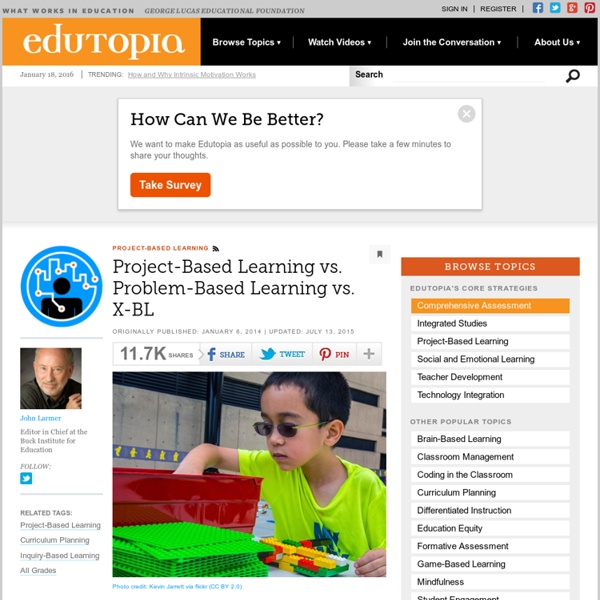



How Students Can Create Animated Movies to Teach Each Other | Jordan Collier Posted by Jordan Collier on January 16, 2014 in EdTech | ∞ In addition to learning our content and curriculum standards, today’s students also need to be able to do the following effectively: collaborate with one another, synthesize ideas, create content, communicate ideas clearly, and use technology. A great way to accomplish all of these learning goals is to have students create movies of classroom content (i.e., textbook) to share with each other. About a year ago, I came across this blog post to learn the ins-and-outs of using RSA-animate style movies in the classroom. Wouldn’t it be great if your students created similar videos to share with their class? Having students create RSA-animate style movies is a fun way to teach content– by having the students become the teacher. Here’s how students in your class can create their own animated movies to share… Chapter Notes (Day 1) After all the groups have been formed, assign each group a section from your textbook. Rough Draft Sketches (Day 2)
3 Excellent Tools to Create Interactive Posters and Visuals for Your Class February 1, 2014 Interactive visuals are great learning and teaching materials to use with your students in the classroom. From explaining difficult processes to visual brainstorming, interactive graphics are a good way to consolidate students learning and promote their comprehension. 1-Thinglink I love this web tool. 2- PiktoChart This is another wonderful web tool to create interactive visuals and posters for your Class. 3- Glogster Glogster is a social network that allows users to create free interactive posters, or Glogs.
Movie Sheets - Teacher Submitted Movie Worksheets for the Classroom